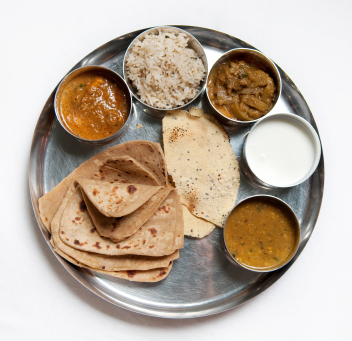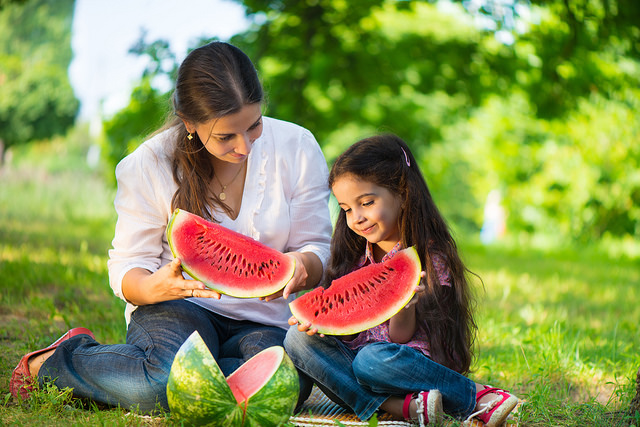Are you surprised to see your preteen grow overnight? You may be right. Children in the group of age nine to twelve years enter the zone of rapid growth, which triggers sudden growth spurts.
They have better immune system, high energy levels, and have a greater sense of mental well-being. This is also the age of puberty, which brings enormous changes in your child.
With the onset of a great transition, from being a small child, to a biological adult, your child needs the right fuel that supports her growth and development.
Weight Gain
A weight gain of about 4 to 5kgs during this period is normal. The calorie need of a preteen varies and depends on age, gender, and the level of physical activity. Girls’ calorie requirement range between 1400 to 2200 calories and boys need between 1600 to 2400 calories, for 9 to 12 year olds.
Food Types
Feed her with sufficient carbohydrates, fiber, vitamins, and minerals. Provide low glycemic index foods, which absorb food sugar gradually, into the system. This keeps the sugar levels under check, which prevents sugar cravings.
Encourage your child to eat as much as whole grains, which is an excellent source of all the essential nutrients.
A preteen diet should also contain sources of protein and healthy fat. Providing low-fat food improves cardiovascular health and reduces the risk of heart disease of the child.
Insist her to drink more water, 100% fruit juice, or milk, than tanking up on empty calories of sweet beverages.
Include foods that are rich in calcium, vitamin A, E, K, D, magnesium, phosphorus in the daily diet to improve your child’s bone health and immune system. Milk, fortified cereals, dairy products, fruits, and vegetables are sources of these essential nutrients.
Food Portions
Your child should be aware of portion control, as excess calories leads to easy weight gain. A balanced diet that is low in calories, along with physical exercise helps your child to maintain a healthy weight.
| Food Group | Servings | Sources | Remarks |
| Grains | 5 or more | Rice, brown rice, pasta, potatoes, bread, cereal | |
| Vegetables | 3-4 cups | Deep and dark colored vegetables | Raw or cooked |
| Fruits | 1-2 cups | Fresh or dried fruits | Choose fresh fruits over fruit juice |
| Milk | 2-3 cups | Low fat or fat free milk / milk products – cheese, yogurt, fortified cereals, low fat ice cream | |
| Protein | 184 gms | Variety of sea food, poultry, legumes, lentils, beans | |
| Fats | 4-7 teaspoons | Nuts, cooking oil – corn, canola, olive oil, fatty fish, seeds | Avoid trans fats such as butter, margarine, fried foods |
Checkout other articles in this series:
Your Child’s Nutrition: A Complete Guide.






